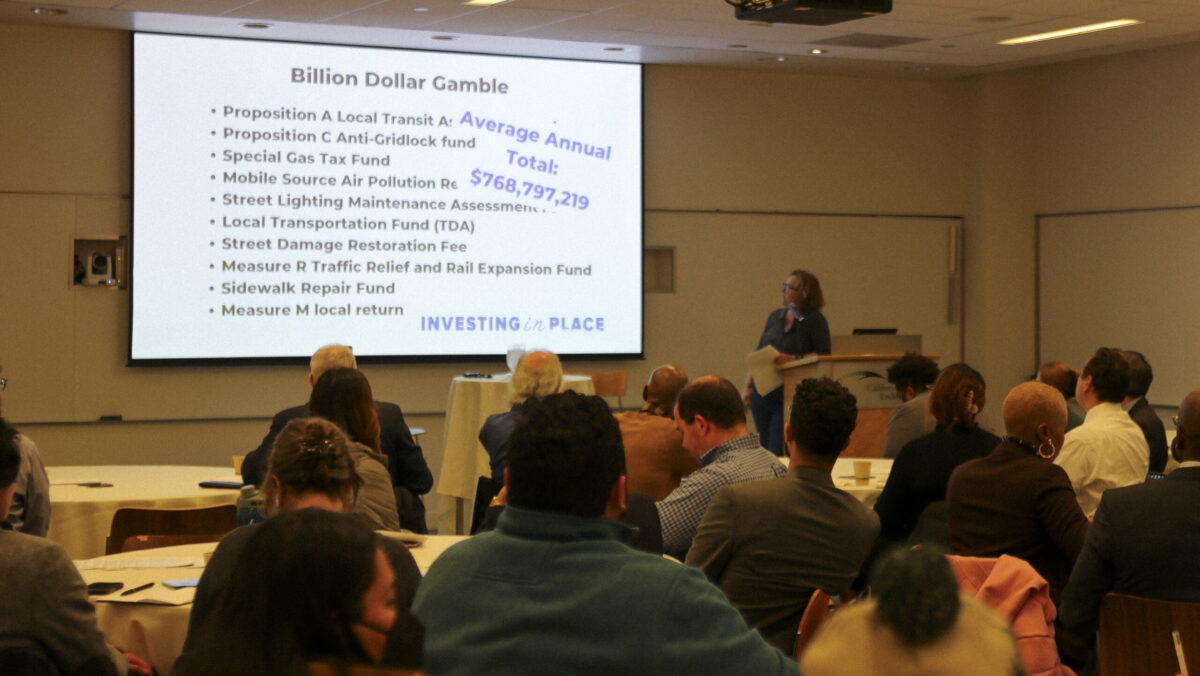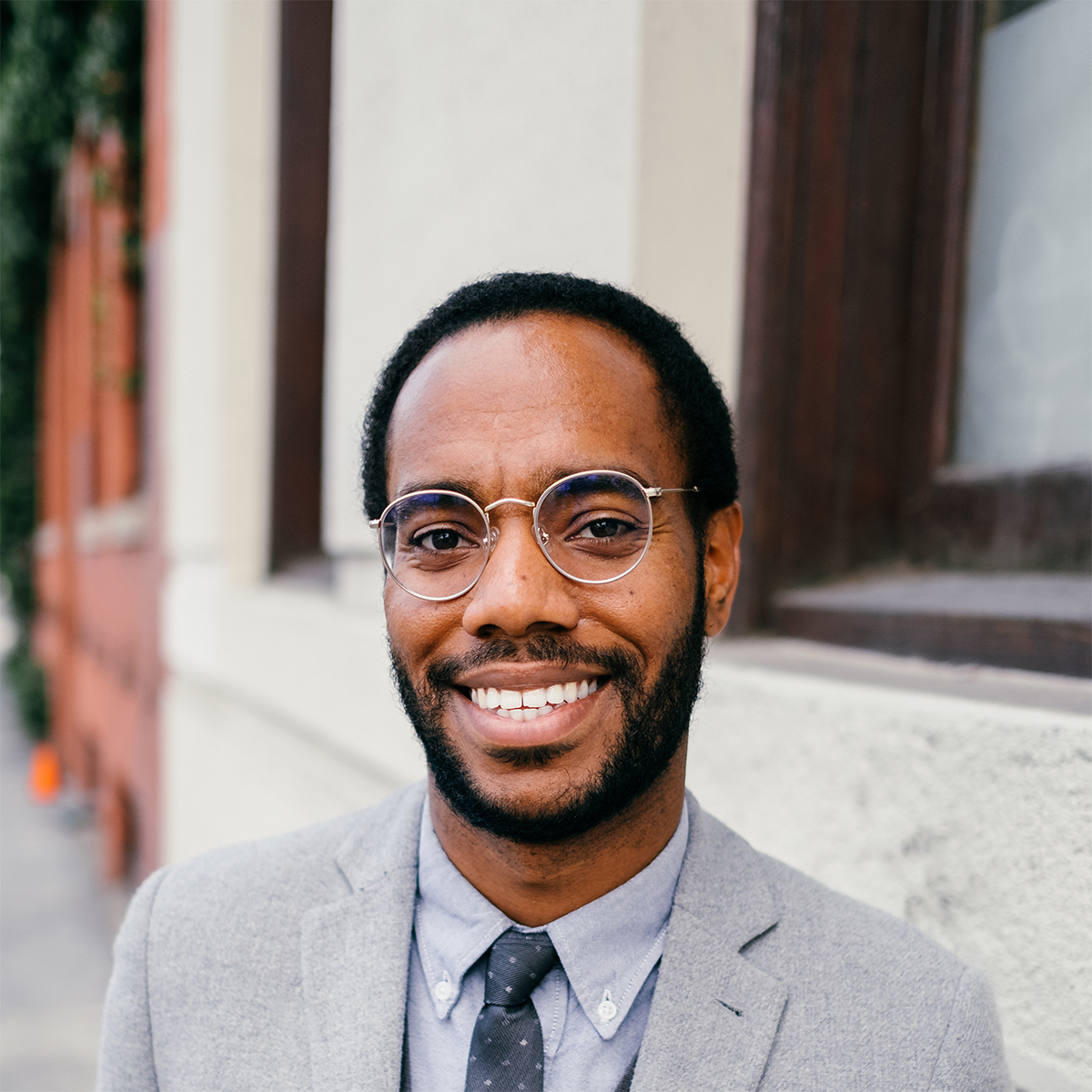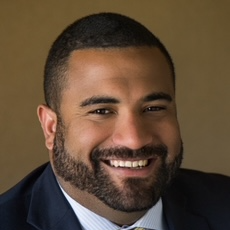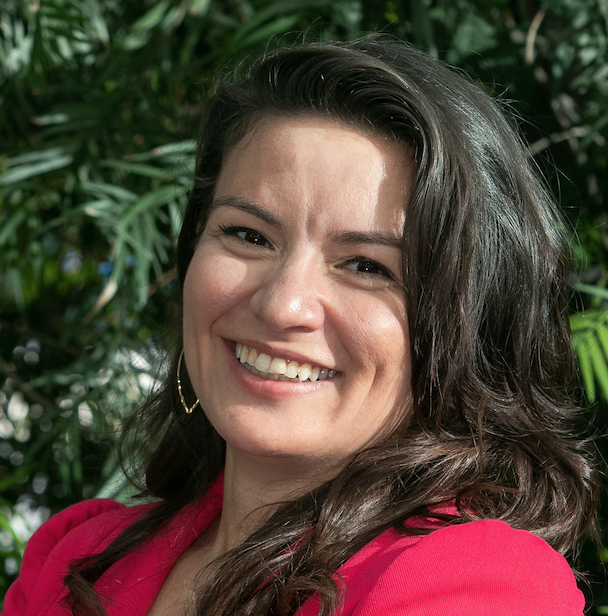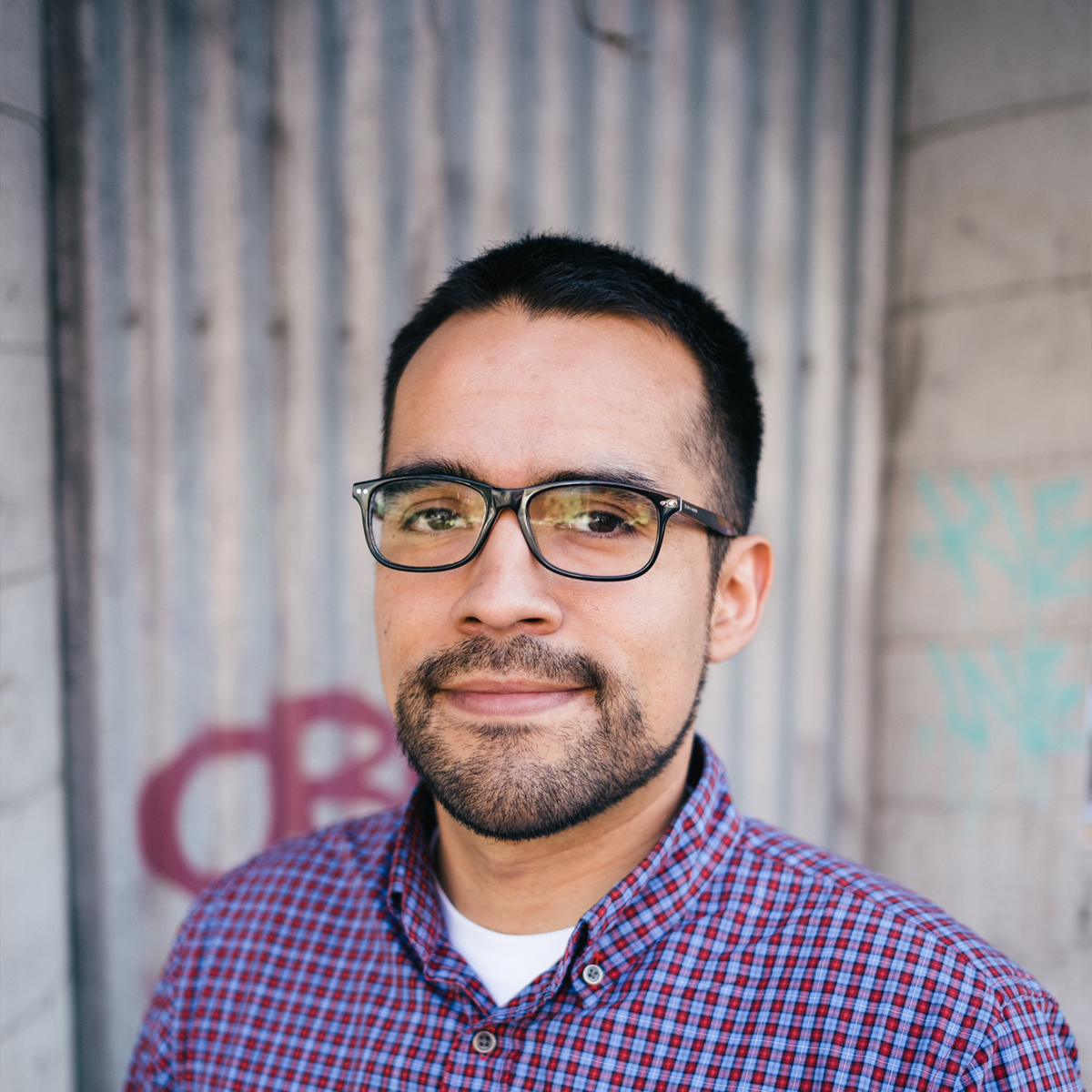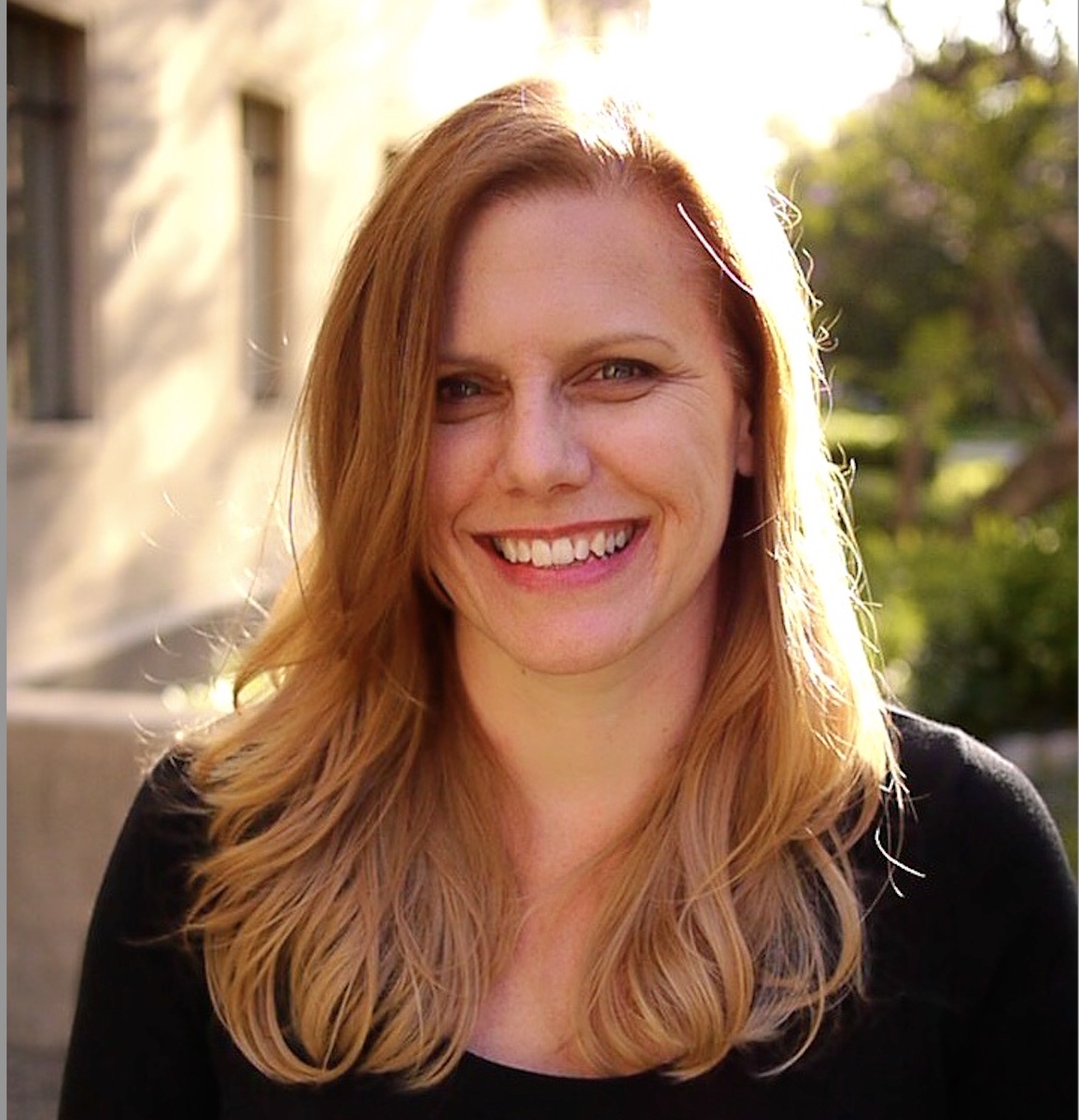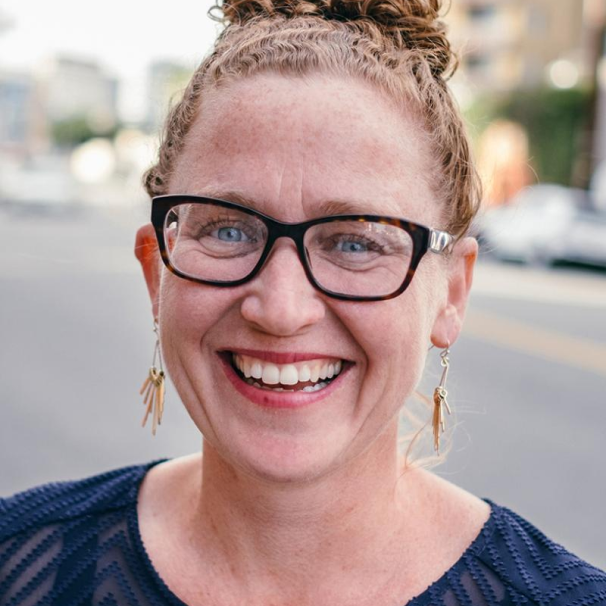We were thrilled to see a packed room at our January convening — The Public Way: Making Infrastructure Work for People — with over 90 attendees. The group included staff from public agencies, elected officials, community and business leaders, and researchers, all committed to making Los Angeles a better place. Despite the rainy weather, their enthusiasm was palpable, and their dedication to improving our city was inspiring.
Our three speakers each brought their unique perspective and experience, but common themes emerged:
- Without a CIP, LA loses out on available funding because we don’t have a cohesive plan.
- We can only make good decisions with a plan and a shared vision.
- It IS possible to do the hard things here in Los Angeles.
We kicked things off with Miguel Santana, the CEO of California Community Foundation and the previous City Administrative Officer for the City of LA. He was in that role at the height of LA’s fiscal crisis, and he shared how the lack of a Capital Infrastructure Plan made surviving those hard times even more challenging.
“A plan helps you define what’s most important. Before we get to the distribution of resources or prioritization of which communities get what, we need a shared vision of what kind of community we want to have, from the community’s perspective.”
He reminded us what’s possible: “Imagine 20 years ago, when having a new rail system in LA was just an idea. When you think about what we’ve done as a region, it is possible to build infrastructure and a consensus about how it should be built, where it should go, and how it should be used.”
Jason Foster, CEO of Destination Crenshaw, is a shining example of how residents can shape infrastructure projects to claim their space and boost their community. “We own the public right-of-way as taxpayers and voters. The quickest way to talk about community ownership is to get people tied into their public space.”
He explained that when the K-Line was announced in 2011, the community knew it would disrupt businesses up and down the Crenshaw corridor for the next decade.
“It’s easy to look at that change, turn away from it, and resign to this place not being for you. The name Destination Crenshaw comes from the late Nipsey Hussle. He wanted to ensure that the Crenshaw residents first saw their neighborhood as a destination before the rest of the world.”
Bob Blumenfield, an LA City Council member and current Chair of the Budget and Finance Committee, shared some of LA’s challenges when making budget decisions.
Blumenfield spoke about funding limitations: “In the past, a lot of our special funds and fees for critical infrastructure, whether water, sanitation, et cetera, have never really been adjusted for inflation. If they have, it hasn’t been done adequately. That is a big limitation to why our infrastructure is how it is.”
He cited an example: “We have street lighting now, and we’re doing what? $48 million in street lighting. The assessment is that we need 200 times that to meet our needs, but we haven’t raised those fees since ’96, and it’s tough to raise fees.”
He also underscored the importance of vision: “You have to envision your future to make it happen, to will it into being.” He added, “If I had that magic wand, we would create a room like this to get people together and focus on the vision and how we can implement it.”
Throughout the afternoon, everyone in the room discussed and asked questions, but to close the event, public policy expert Mikaela Randolph offered this call to action: “Now’s the time to step into your leadership role and start bringing people together to develop a shared vision to get this done.” We couldn’t agree more!
